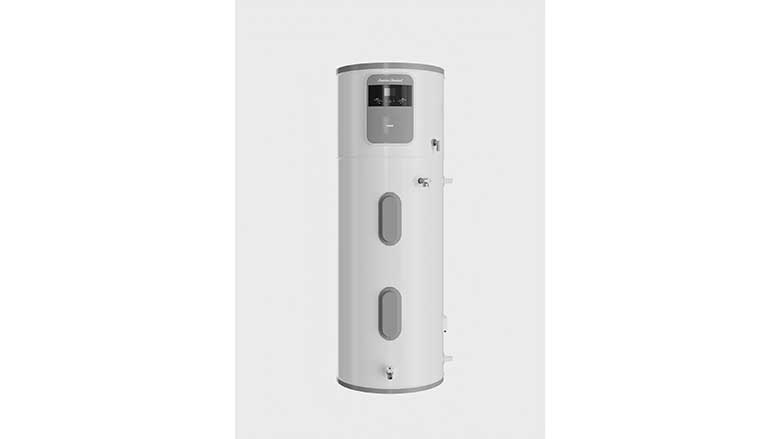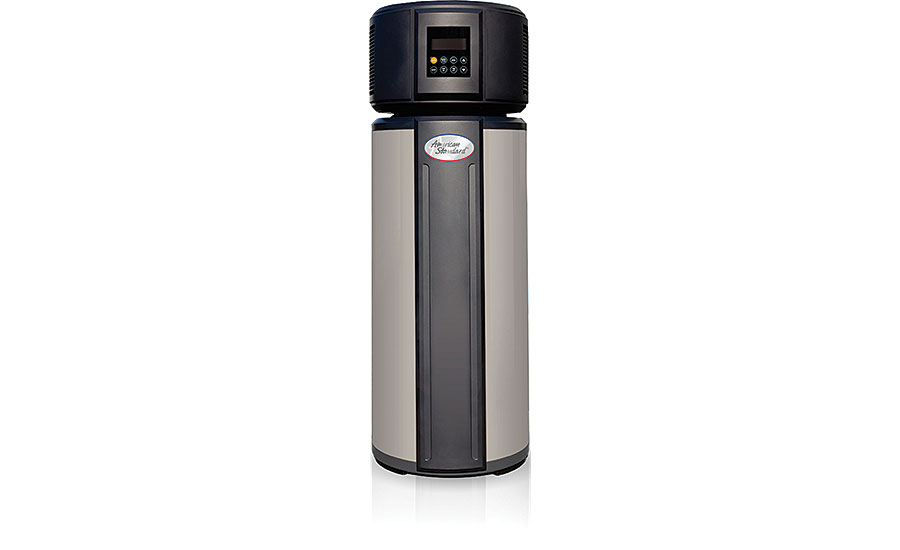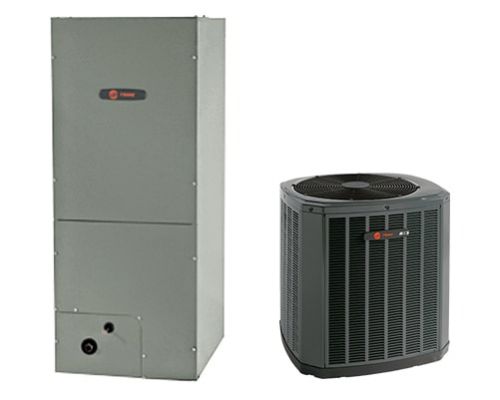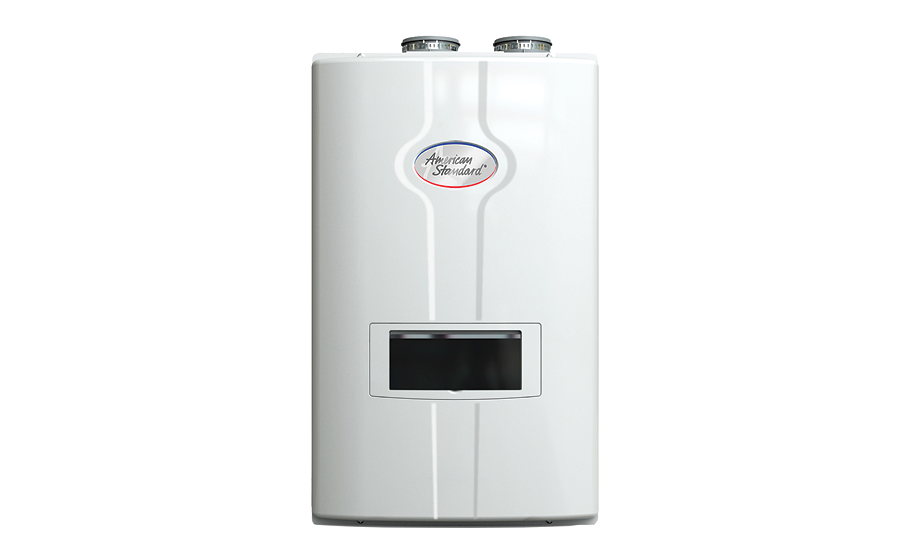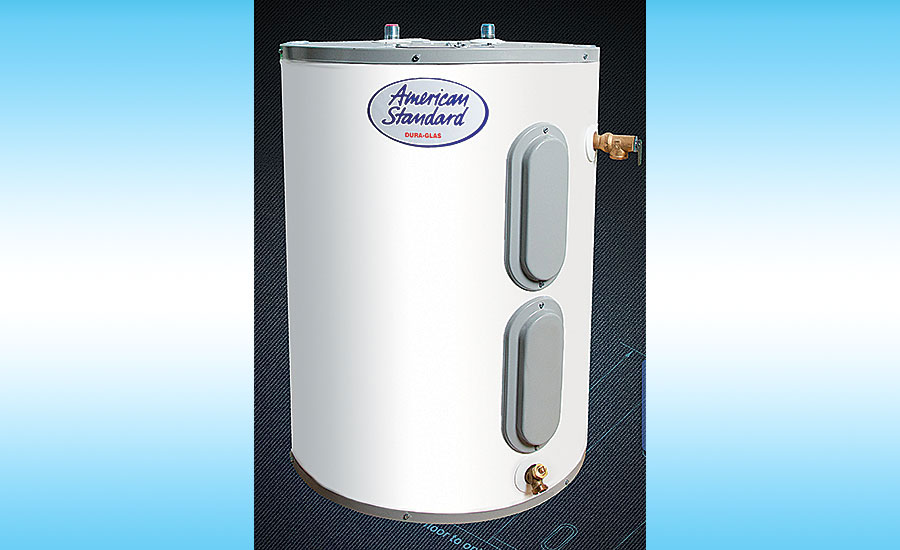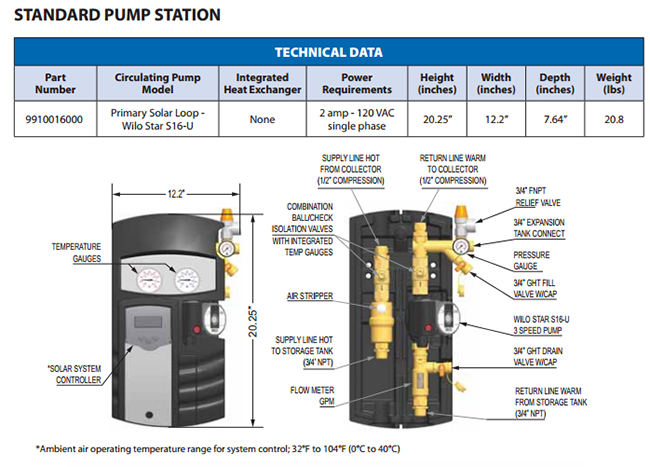American Standard Heat Pump Water Heater
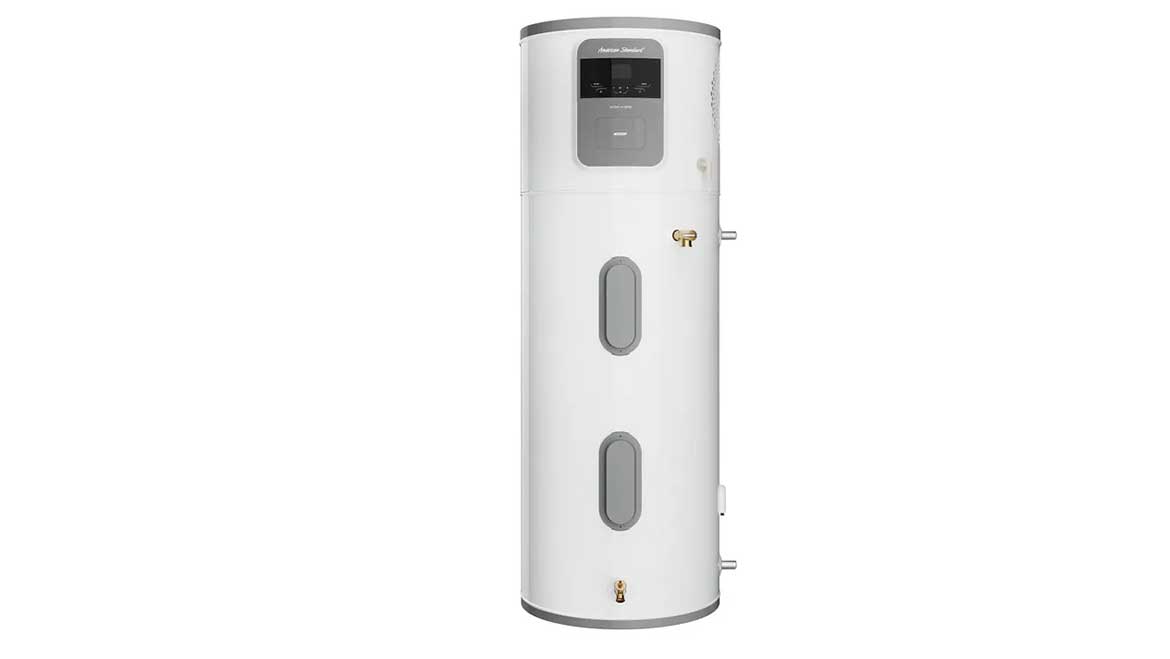
Almost every homeowner relies on their water heater daily, often without a second thought – until it stops working. A cold shower is a rude awakening, and a sign that it's time to investigate! This article will guide you through basic troubleshooting steps for an American Standard Heat Pump Water Heater, empowering you to identify and potentially resolve common issues before calling a professional. Remember to always prioritize safety when working with appliances.
Understanding Your American Standard Heat Pump Water Heater
Before we dive into troubleshooting, it's essential to understand that a heat pump water heater is different from a traditional electric or gas model. It's more energy-efficient as it uses a heat pump to transfer heat from the surrounding air to the water, rather than directly heating the water with electricity or gas.
This also means it has additional components compared to a standard water heater, such as a compressor, fan, and evaporator coil. These components can sometimes be the source of problems.
Common Issues and Troubleshooting Steps
Let's address some of the most frequent problems homeowners encounter with their American Standard Heat Pump Water Heaters.
1. No Hot Water
This is the most common complaint. Here's how to systematically troubleshoot the problem:
- Check the Power Supply:
- Safety First! Turn off the circuit breaker for the water heater at your electrical panel.
- Visually inspect the breaker to ensure it hasn't tripped (often, it will be in a middle position, neither fully "On" nor "Off").
- Flip the breaker completely to the "Off" position, wait a few seconds, and then flip it back to the "On" position.
- Wait about 30 minutes, then check if hot water is available.
- If the breaker trips again immediately, there's likely a short circuit. Do not continue troubleshooting yourself – contact a qualified electrician.
- Verify the Unit is On and Set Properly:
- Locate the control panel on your water heater. It may have a digital display or physical dials.
- Ensure the unit is turned "On" or set to a heating mode (like "Heat Pump," "Hybrid," or "Electric"). Refer to your owner's manual for specific settings.
- Check the setpoint temperature. Is it set low accidentally? Increase the setpoint to your desired temperature (typically between 120°F and 140°F). Be cautious about setting it too high, as this can cause scalding.
- Some models have a "Vacation" or "Away" mode. Make sure it's not activated, as this mode often reduces or shuts off heating.
- Check the High Limit Reset Button:
- American Standard heat pump water heaters have a high limit reset button, usually located on the upper part of the unit, often near the heating elements (if equipped).
- If the water temperature gets too high, this button trips to prevent overheating.
- Carefully locate the reset button (it's typically a small, red button).
- Press the button firmly. You may hear a faint click.
- Wait about 30 minutes and check if hot water is available.
- If the high limit trips repeatedly, it indicates a more serious problem (e.g., faulty thermostat or heating element) that requires professional attention.
- Inspect the Heating Elements (If Equipped):
- Heat pump water heaters may have backup electric heating elements for faster heating or during high demand.
- Safety First! Turn off the circuit breaker for the water heater at your electrical panel.
- Remove the access panels covering the heating elements (usually located on the side of the tank).
- Using a non-contact voltage tester, verify that there's no voltage present at the element terminals.
- Visually inspect the elements for signs of damage (e.g., bulging, cracks, or corrosion).
- Using a multimeter, test the continuity of each element. If an element has no continuity, it's likely burned out and needs replacement. This is a job best left to a qualified technician unless you are very comfortable working with electricity.
- Note: Replacing a heating element involves draining the tank, disconnecting electrical connections, and properly sealing the new element.
- Heat Pump Operation:
- Listen for the heat pump compressor. It should be running (usually with a humming sound). If it's not running, there could be a problem with the compressor, the control board, or the refrigerant charge. These issues require a qualified HVAC technician.
- Check the fan on the heat pump. Is it running freely? Obstructions can cause the heat pump to overheat and shut down. Clear any debris (leaves, dust, etc.) from the fan blades and surrounding area.
- Clean the air filter regularly. A dirty air filter restricts airflow and reduces heat pump efficiency. Refer to your owner's manual for the location and cleaning instructions.
2. Water is Not Hot Enough
If the water is lukewarm, but not hot, consider these factors:
- Temperature Setting: Double-check the setpoint temperature on the control panel. Someone might have accidentally lowered it.
- High Hot Water Usage: Are you using a lot of hot water at once (e.g., multiple showers, running the dishwasher and washing machine simultaneously)? The heat pump may not be able to keep up with the demand, especially in colder climates. Try staggering hot water usage.
- Dip Tube Issue: The dip tube directs cold water to the bottom of the tank for heating. If it's cracked or broken, cold water may mix with the hot water near the top of the tank, resulting in lukewarm water. Replacing the dip tube requires draining the tank and can be complex; consult a professional if you're not comfortable with this repair.
3. Noisy Operation
Unusual noises can indicate various problems:
- Popping or Rumbling: This is often caused by sediment buildup in the tank. Sediment acts as an insulator, causing the heating elements (if equipped) to overheat and create steam bubbles that pop. Flushing the tank regularly (at least once a year) can help prevent sediment buildup.
- Screeching or Whining: This could indicate a failing motor bearing in the heat pump fan. This requires professional attention.
- Hissing: This could indicate a leak in the tank or plumbing connections. If you suspect a leak, turn off the water supply to the heater immediately and contact a plumber.
4. Leaking Water
Leaks are a serious issue and require immediate attention.
- Check the Connections: Inspect all plumbing connections (inlet, outlet, drain valve, and temperature and pressure relief valve (T&P valve)) for signs of leaks. Tighten any loose connections.
- T&P Valve Leaking: The T&P valve is designed to release pressure if it exceeds safe limits. If it's leaking, it could indicate excessive pressure or temperature in the tank. Consult a plumber immediately. Do not attempt to cap or plug the T&P valve.
- Tank Leak: If the tank itself is leaking, the water heater is likely beyond repair and needs to be replaced. Contact a plumber for replacement options.
5. Error Codes on the Control Panel
Modern American Standard heat pump water heaters often display error codes on the control panel. These codes can provide valuable clues about the problem.
- Consult Your Owner's Manual: The owner's manual will list the meaning of each error code and provide troubleshooting steps.
- Common Error Codes: Some common error codes relate to sensor failures, compressor issues, or communication problems.
- Resetting the Unit: Some error codes can be cleared by simply turning the unit off and then back on. However, if the error code reappears, it indicates a persistent problem.
- Contact a Professional: For complex error codes, it's best to contact a qualified technician.
DIY Fixes vs. Calling a Professional
Here's a general guideline to help you decide when to attempt a DIY fix and when to call a professional:
DIY Fixes (with caution and safety):
- Checking and resetting the circuit breaker.
- Verifying the unit is turned on and set to the correct temperature.
- Checking and resetting the high limit reset button.
- Cleaning the air filter.
- Tightening loose plumbing connections.
- Flushing the tank to remove sediment.
Call a Professional:
- Any electrical work beyond checking the breaker (e.g., replacing heating elements, wiring issues).
- Any work involving gas connections.
- Refrigerant-related issues (e.g., low refrigerant charge).
- Compressor problems.
- Leaking tank.
- Complex error codes that you can't resolve with the owner's manual.
- Dip tube replacement.
Safety Precautions
Always prioritize safety when working with your water heater.
- Turn off the circuit breaker before working on any electrical components.
- Never work on a water heater with wet hands or while standing in water.
- Be careful when working with hot water.
- Consult your owner's manual for specific safety instructions.
- If you are not comfortable with any of these troubleshooting steps, contact a qualified technician.
Preventative Maintenance
Regular preventative maintenance can help extend the life of your American Standard Heat Pump Water Heater and prevent problems.
- Flush the Tank Annually: To remove sediment buildup.
- Inspect the Anode Rod: The anode rod protects the tank from corrosion. It should be replaced every few years, depending on water quality. This is best left to a professional, as it often involves draining the tank and can be difficult to access.
- Clean the Air Filter Regularly: To ensure proper airflow to the heat pump.
- Inspect Plumbing Connections: Regularly check for leaks.
By following these troubleshooting steps and practicing preventative maintenance, you can keep your American Standard Heat Pump Water Heater running efficiently and avoid costly repairs. Remember, when in doubt, always consult a qualified professional.
